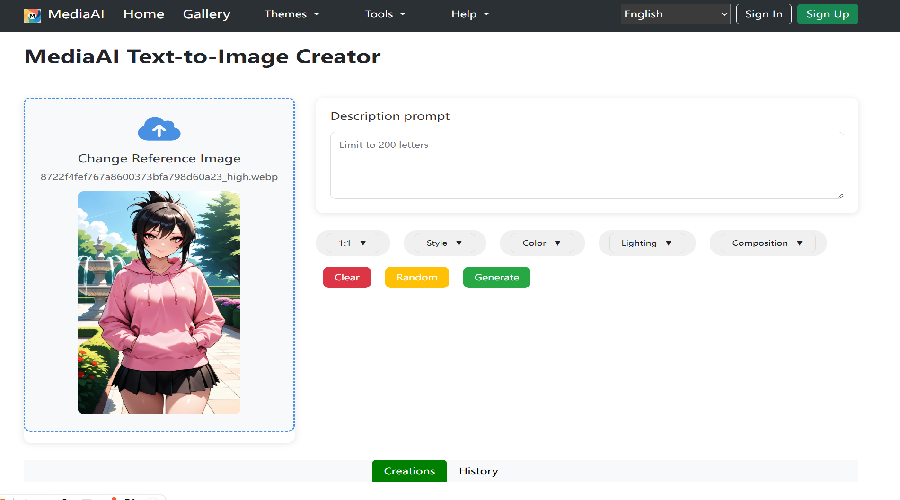How to Clean Old Oil Paintings: A Comprehensive Guide
Oil paintings are timeless works of art that can last for centuries if properly cared for. However, over time, dust, grime, and yellowed varnish can accumulate, dulling the painting's original vibrancy. Cleaning an old oil painting requires careful attention to detail and the right techniques to avoid damaging the delicate surface. This guide will walk you through the process step by step, ensuring your treasured artwork is restored to its former glory.
Understanding the Challenges of Cleaning Oil Paintings
Before attempting to clean an old oil painting, it's crucial to understand the potential risks and challenges involved. Oil paintings are composed of multiple layers, including the canvas, ground layer, paint layers, and often a varnish layer. Each of these components reacts differently to cleaning agents and techniques.
Common Issues with Old Oil Paintings
- Surface dirt and dust accumulation
- Yellowed or discolored varnish
- Craquelure (fine cracks in the paint surface)
- Flaking or lifting paint
- Mold or mildew growth
Step-by-Step Cleaning Process
1. Initial Assessment
Begin by carefully examining the painting under good lighting. Look for any signs of damage, flaking paint, or unstable areas that might require professional attention. If you notice significant issues, consider consulting a conservation specialist before proceeding.
2. Dry Cleaning Methods
For surface dust and loose dirt, start with the gentlest approach:
- Use a soft, natural-bristle brush (like a hake brush) to gently sweep away surface dust
- Work from top to bottom in light, even strokes
- Hold the painting at a slight angle to allow dust to fall away
- For stubborn dust, try a slightly dampened cotton swab (test first in an inconspicuous area)
3. Addressing Varnish Issues
Old varnish can yellow or darken over time, significantly altering the painting's appearance. According to the National Gallery's conservation guidelines, varnish removal should be approached with extreme caution:
- Test any solvent in a small, inconspicuous area first
- Use cotton swabs and minimal solvent
- Work in small sections, allowing time for evaporation
- Never soak the painting surface
Advanced Cleaning Techniques

For more stubborn grime or discoloration, you may need to employ specialized techniques. However, these methods carry higher risks and should only be attempted after thorough research or by professionals.
Enzymatic Cleaners
Some conservators use specialized enzymatic cleaners that break down organic deposits without harming the paint layers. These products must be carefully selected based on the painting's specific needs.
Gel Cleaning Systems
Recent advancements in conservation include gel-based cleaning systems that allow for more controlled application of cleaning agents. These can be particularly useful for localized cleaning without affecting surrounding areas.
When to Seek Professional Help
While many surface cleaning tasks can be performed at home, certain situations require professional intervention:
- Paint is flaking or unstable
- The painting has significant value (monetary or sentimental)
- You're unsure about the painting's materials or condition
- Previous restoration attempts have compromised the work
For valuable pieces, consider services like professional art restoration to ensure proper care.
Preventive Maintenance
After cleaning your oil painting, implement these preventive measures to maintain its condition:
- Display the painting away from direct sunlight
- Maintain stable temperature and humidity levels
- Dust regularly with a soft brush
- Consider UV-protective glass for framing
- Inspect annually for signs of deterioration
Conclusion
Cleaning old oil paintings requires patience, knowledge, and a gentle touch. While surface cleaning can often be done at home, more complex issues should be left to professionals. By understanding the proper techniques and knowing when to seek help, you can preserve these valuable artworks for future generations to enjoy. For more art preservation tips, explore our art conservation blog.